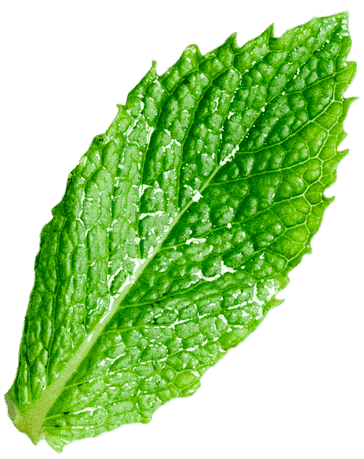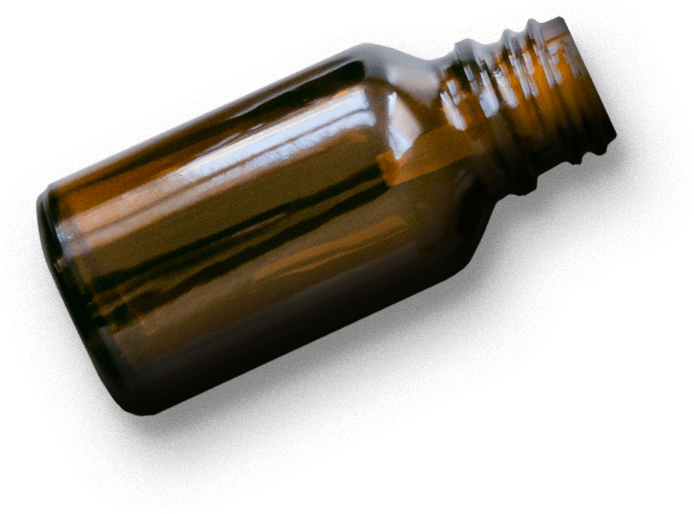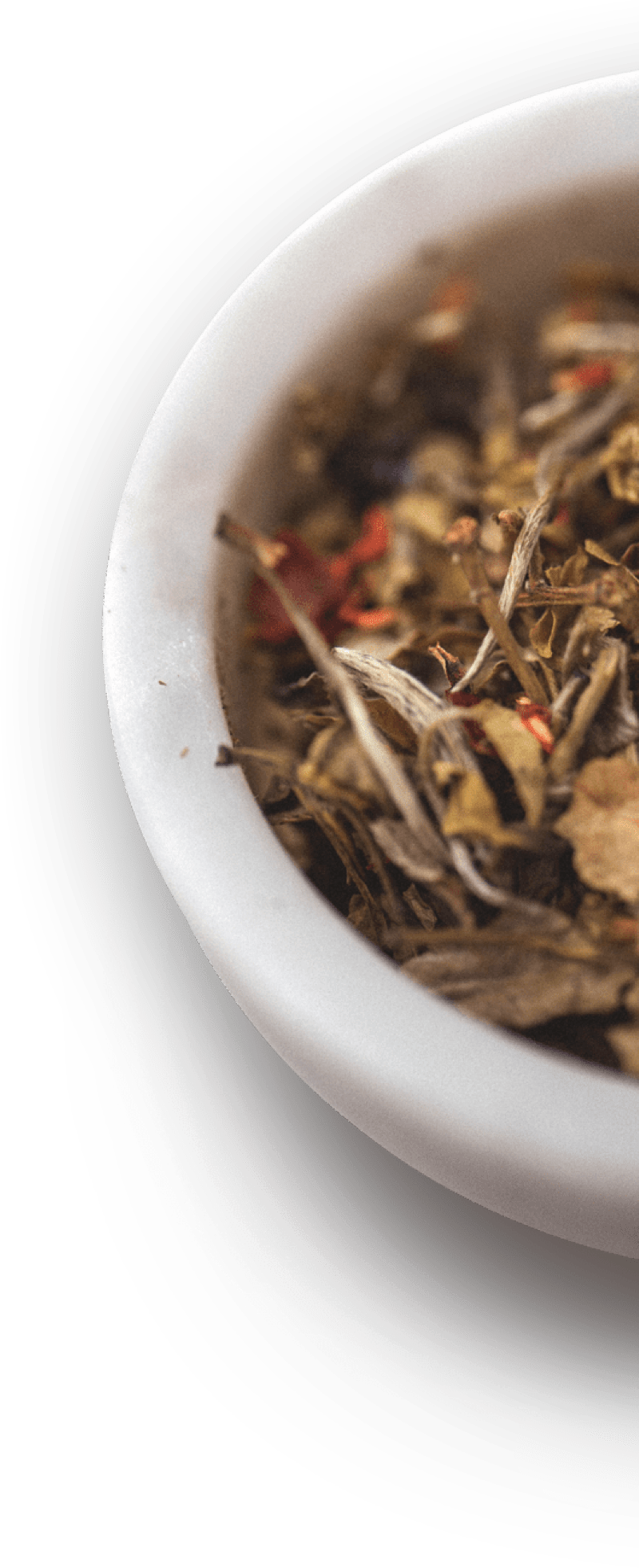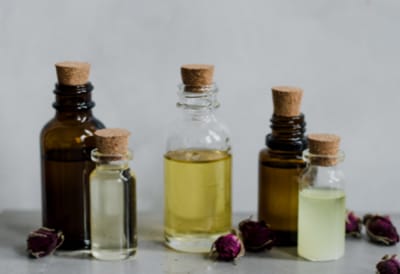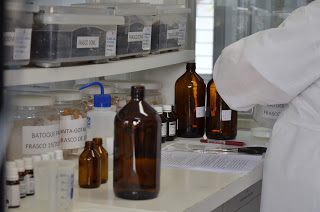
At first, Hahnemann used the normal dose, but he had the same problem as he hated in conventional practice. Many of the drugs were toxic and had harmful side effects. He then began to dilute the drugs, administering them in diminishing doses. Contrary to what he assumed – that if he reduced the dosage of the drugs, they would become less effective – he found that if they were given according to the pattern of symptoms found in the trials, they were more effective and had a longer lasting effect. These observations by Hahnemann showed that the curative doses were always much smaller than the doses which had produced similar symptoms during their trials in a healthy man. Hahnemann began to use the “sucussão”, that is, to stir the dilutions while they were made. Strange as it may seem nowadays, it was a common practice at the time – alchemists often shook, moved, and performed various other manipulations on the solutions in order to activate the “life force” of the solution. Although its original intention was to reduce the toxic effects of the drugs, Hahnemann said that the process of succussion between each dilution made the drugs more active and specific to the individuals sensitive to them. When prepared in this way, which Hahnemann called “dynamization,” the efficacy of the drug depended even more on the detailed adequacy of the symptom picture of the test to the patient’s unique symptom picture. When these frames were carefully combined, according to Hahnemann, these “dynamizations” stimulated the reaction and self-healing and patients “cured” of the disease. The process of dynamization, ie the release of the dynamic energy in the medicaments by means of molecular vibration (succussion or crushing) is from the end of the seventeenth century, before the appearance of the first edition of Organon in 1810. A scientist at the beginning of the twentieth century, Albert Robin, in 1905, wrote: “The medicine does not act by its mass but by its dynamism”. The process of making the remedies is very precise. Soluble substances, such as plant and animal extracts, dissolve in a solution of alcohol and distilled water, according to the substance. This mixture is stored in an airtight container and stirred according to the technique described by Hahnemann. In the case of insoluble substances, such as metals, they are first crushed, usually using a neutral facilitator such as lactose, until a fine powder is obtained and the same process is followed. The mixture is then filtered. The resulting liquid is called the mother tincture. The mother tincture is then used to produce the different potencies that constitute the homeopathic remedies. Therefore, DYNAMIZATION is the result of the dilution process followed by successive suction and/or grinding of the product. POWER is the quantitative indication of the number of dynamizations necessary to obtain the homeopathic medicine. AND SUCCUSSION consists of the vigorous and rhythmic movement of the vial containing the dissolved solution.

